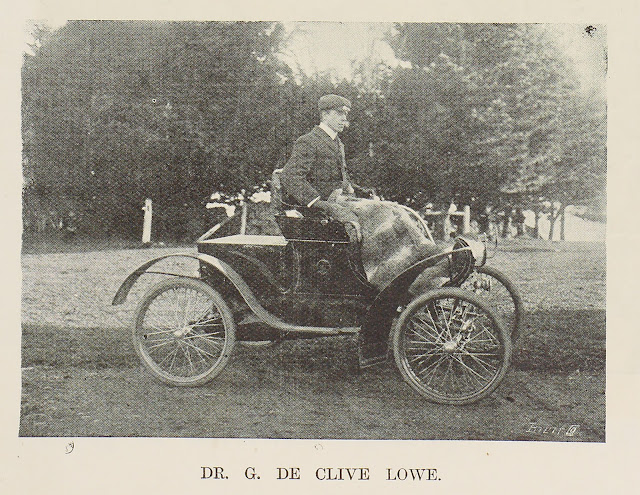Doctor’s Houses, 25-29 Symonds Street, Auckland Central
It’s Auckland Heritage Festival from 26 September to 11 October 2020. During the Festival we will share some hidden histories about Auckland places written by Auckland Council Heritage Unit staff.
Marguerite Hill is the Heritage Researcher in council’s Heritage Unit and has an interest in health history.
There are about 2500 places in the Auckland region which are scheduled as historic heritage places. Quite a few of these places are associated with medicine and health and several of those places are on Symonds Street. Symonds Street was a popular spot with medical practitioners due to its proximity to Auckland Hospital.
You might walk past this building every morning or pop in there for your lunch, but did you know the history of the Doctors’ Houses at 25-29 Symonds Street?
Ellen and John had two daughters and four sons. Their eldest son, John, known as Jack, took over running the Waitemata Hotel from John senior. Arthur died during the First World War, while Frederick Charles was a doctor, training at Guy’s Hospital in London. He served as a surgeon in the Royal Navy in the First World War and became a Harley Street specialist. It is thought that consulting rooms were set up for Frederick in one of the houses, although it is unclear whether Frederick ever practiced medicine in New Zealand. William (known as Bill) became a lawyer and member of Parliament, representing Parnell from 1930-1938 and Remuera from 1938-1943. John and Ellen’s two daughters, Ellen Anna Eliza and Grace Esther, both married. Grace was living in England by the time her father died. The Doctors’ Houses stayed in the Endean family until 2008, when they were sold.
describes the property as ‘one of the most architecturally distinctive terrace houses in New Zealand and a very rare example of Neo-Jacobean architecture of the late Victorian period’.
The Doctors’ Houses are currently tenanted by a variety of retail and food outlets.
Untitled, Auckland Star, 5 January 1910, page 7. Retrieved from Papers Past website.
Marguerite Hill is the Heritage Researcher in council’s Heritage Unit and has an interest in health history.
There are about 2500 places in the Auckland region which are scheduled as historic heritage places. Quite a few of these places are associated with medicine and health and several of those places are on Symonds Street. Symonds Street was a popular spot with medical practitioners due to its proximity to Auckland Hospital.
You might walk past this building every morning or pop in there for your lunch, but did you know the history of the Doctors’ Houses at 25-29 Symonds Street?
 |
| Image: Ellen Endean’s obituary describes her as being ‘a lady of a kindly and charitable disposition’. Portrait of Mrs John Endean by Louis John Steele, 1905. Auckland Art Gallery Toi o Tāmaki, gift of Mrs G E Haynes, 1957, 1957/8. John Endean was born in Cornwall in 1844 and emigrated to Australia in 1863, where he took up goldmining. He eventually arrived in New Zealand in 1870, seeking gold in Thames. There he met his wife, Ellen Phillips, daughter of Harry Phillips, an early Thames settler. They married in 1871 and took up hotel-keeping in Grahamstown (near Thames). They moved to Auckland in 1877, taking over the Railway Terminus Hotel (at Official Bay) and then the Waitemata Hotel (in 1887), which was at the corner of Queen and Customs Streets. In 1905, John commissioned the Endean Building (another scheduled historic heritage place) at the corner of Queen and Quay Streets. Ellen died in 1910 at age 54 and John died in 1925, aged 81. |
 |
| Image: The property can be seen in the wonderful interactive
1908 City of Auckland Map (Map G13), Auckland Council Archives. |
Ellen and John owned property elsewhere in Auckland and by 1910 were living in Jermyn Street (now Anzac Avenue). While members of the Endean family lived in the Doctors’ Houses on occasion, they were also let to tenants, including a number of doctors. In the early 1900s, one was leased by the spectacularly named Dr George Thomas Humphrey De Clive-Lowe. De Clive-Lowe was an ophthalmic surgeon at Auckland Hospital. He was one of the founders of the Auckland Automobile Association and he also wrote operettas. Other doctors, including Frederick Robert John King and Charles Swanston lived and had consulting rooms there, and it appears to have a popular spot for doctors and specialists to lease, right through the twentieth century.
The Doctors’ Houses are currently tenanted by a variety of retail and food outlets.
Author: Marguerite Hill, Heritage Researcher in Auckland Council’s Heritage Unit
Sources
Death of Mr J Endean, Auckland Star, 3 January 1925, page 5. Retrieved from Papers Past website.
Heritage New Zealand Pouhere Taonga (2019) Terrace Houses. Retrieved from Heritage New Zealand Pouhere Taonga website.


Comments
Post a Comment
Kia ora! Please leave your comment below.